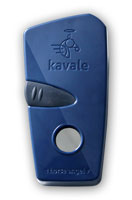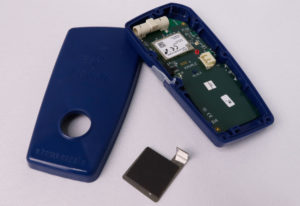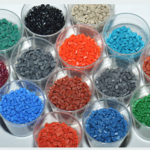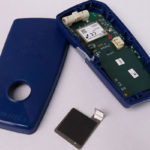
At FPM Injection, we regularly support our customers in all activity sectors, from the prototyping phase through to serial production and industrialization. This provides for convenient monitoring and information about the project constraints over time.
In this article, we describe the possible deployment of a project of this type with a plastic connected case that we produce and assemble in China for a company in the equestrian sector.
Prototyping phase: testing and validation
This phase allows us to test and validate certain constraints. For this project, we created prototypes to validate the material, functionality and assembly. The customer was also able to conduct drop tests to validate the material’s strength. In fact, this box is intended for outdoor use and is subject to physical constraints and frequent risks of falling.
We have produced 3 complete sets consisting of 5 elements:
– Lower shell: ABS/PC machining, black paint
– Upper shell: ABS/PC machining, black paint, marking
– Pin: ABS/PC machining, black paint
– Seal: Vacuum cast, Shore A70 (mass-tinted in black)
– USB cap: Vacuum cast, Shore A70 (mass-tinted in black)
This prototyping phase lasted several weeks and allowed the customer to prepare for the serial launch of its product. Once ready to start, we initiated the industrialization phase: tool manufacturing, plastic injection and assembly.
Industrialization phase : injection and assembly
This pre-launch phase is important for the customer to ensure the commercial success and sustainability of the project in the years to come. On our side, this phase was divided into several stages.
Part analysis phase
During this stage, we optimize the part to make it injectable as easily as possible. Our internal design office conducted a Moldflow analysis for this project because we could not inject on the visible sides. This analysis allowed us to determine the optimal injection method and injection point.
Tool design and manufacturing
Once the part optimization was complete, we began designing and machining the tools in our in-house mold shop. We started with a tool with two prints (1+1) for the two shells. This machining phase lasted around 5 weeks. We then conduct up to 3 tests before validating the launch of serial production.
Part qualification phase
After the prototyping phase, the customer confirmed the PC/ABS material. We then started on a threshold in an ejector inside the part. After the testing of the tools and the production of the first parts, we qualified the parts with our customer. We conducted several testing and qualification phases:
- Functional validation :
– Leak test with the seals we provide (under 1.2m of water)
– Dimensional report
- Visual validation :
– Aesthetic aspect
– Injection aspect
– Finishing of the part. For this part, we used a half bead/half mirror polished finish with a marking.
Plastic injection molding phase
After final validation of the parts by the customer, we transferred the parts from our development department to our industrialization department. We were then able to start the production phase on our robotic injection machines.
Our process, automation and quality record allow us to ensure consistent quality throughout the project lifecycle.
Sourcing and assembly of components
To rationalize the industrialization of our customer’s product, we provided an all-inclusive service with the supply of product components. We produced the silicone seal and USB port cap (waterproof, also made from silicone). We also supplied the magnets and the aluminum support plates.
You have a project for connected case?
Whatever the state of development of your project, we’re here to listen to your questions about the production of your box. Don’t hesitate to contact us about your project.






Leave A Comment